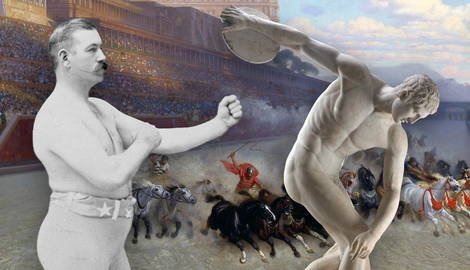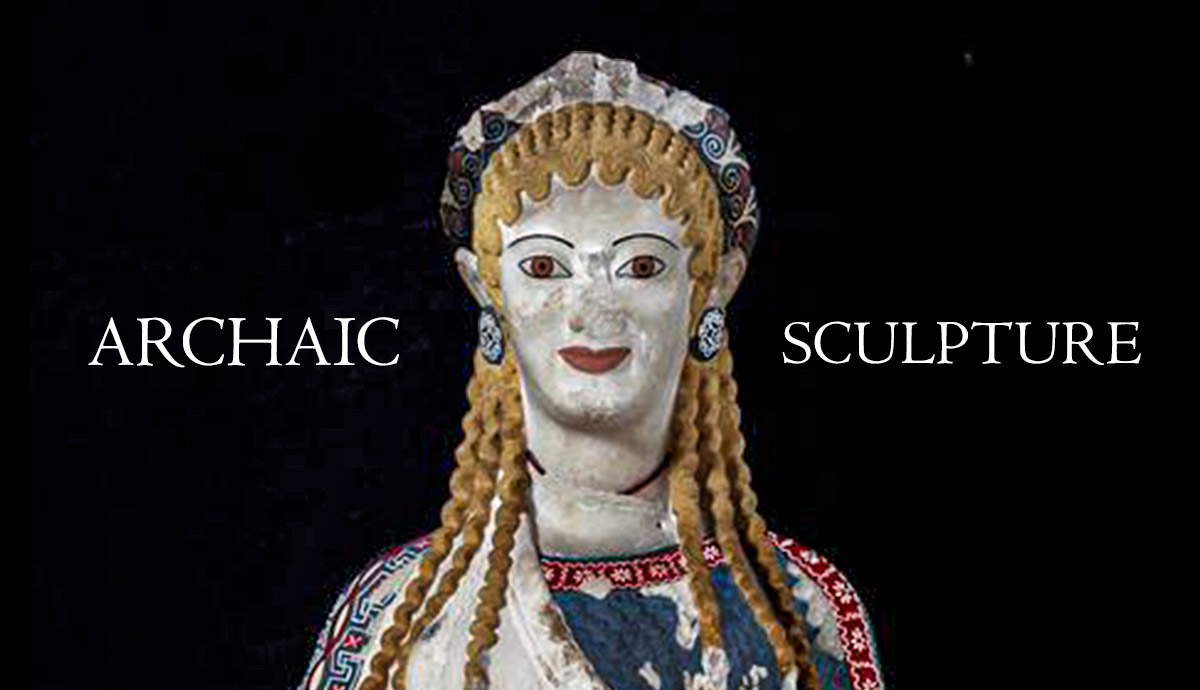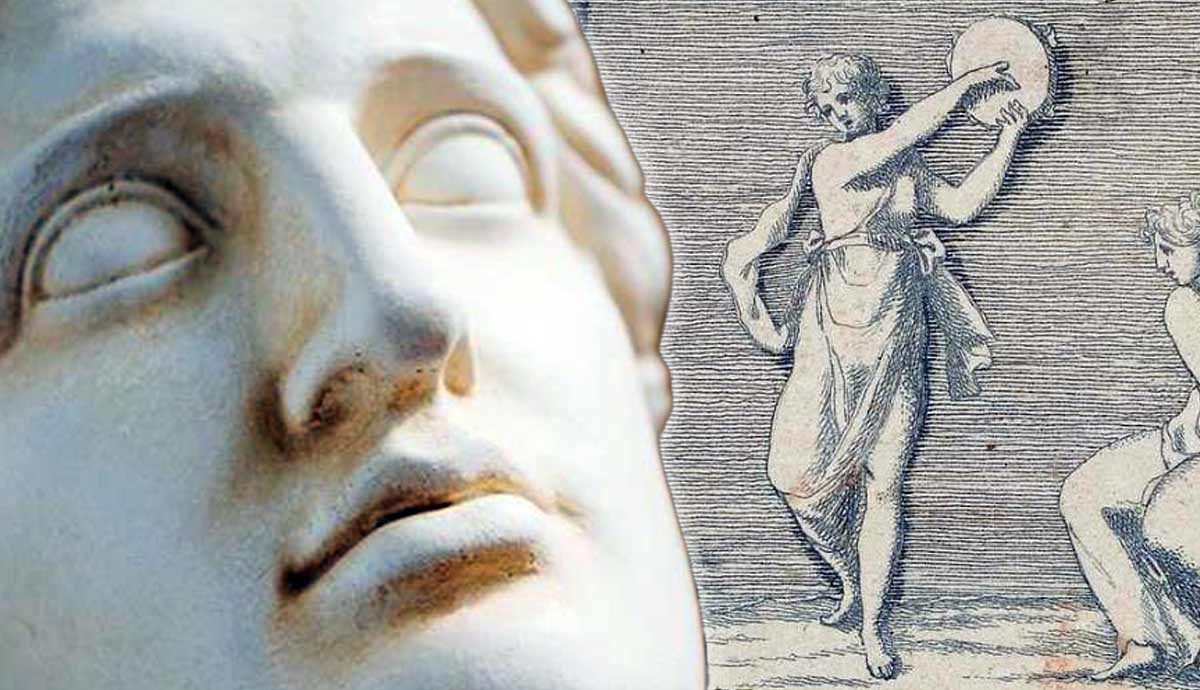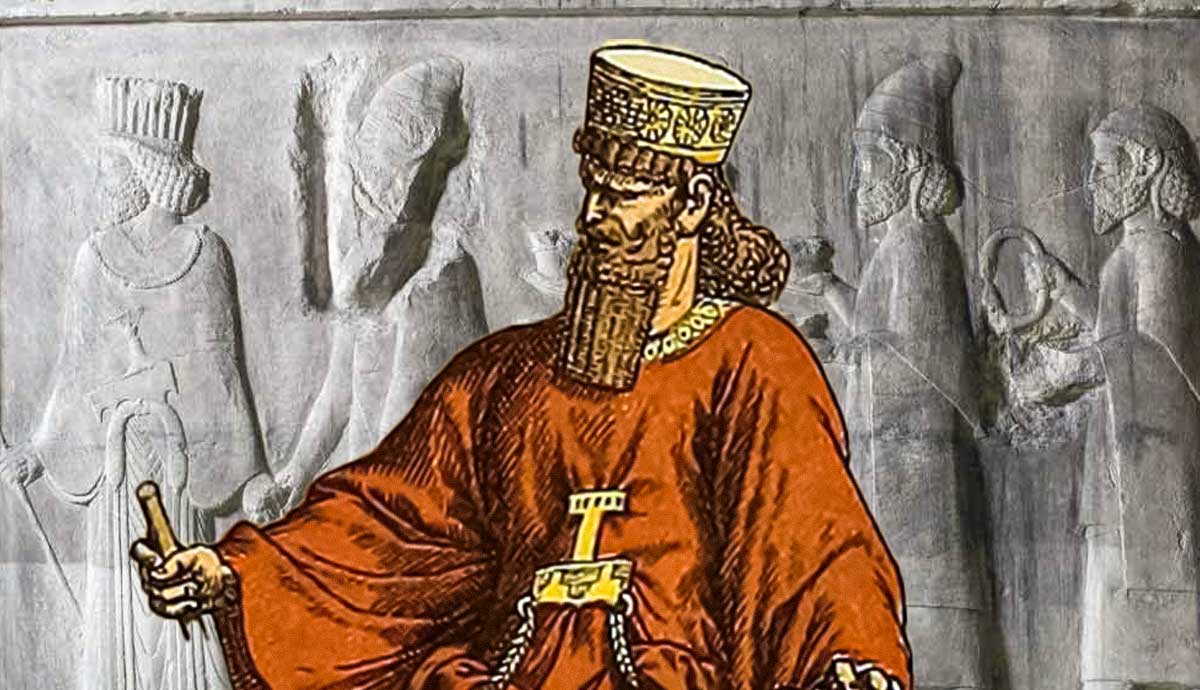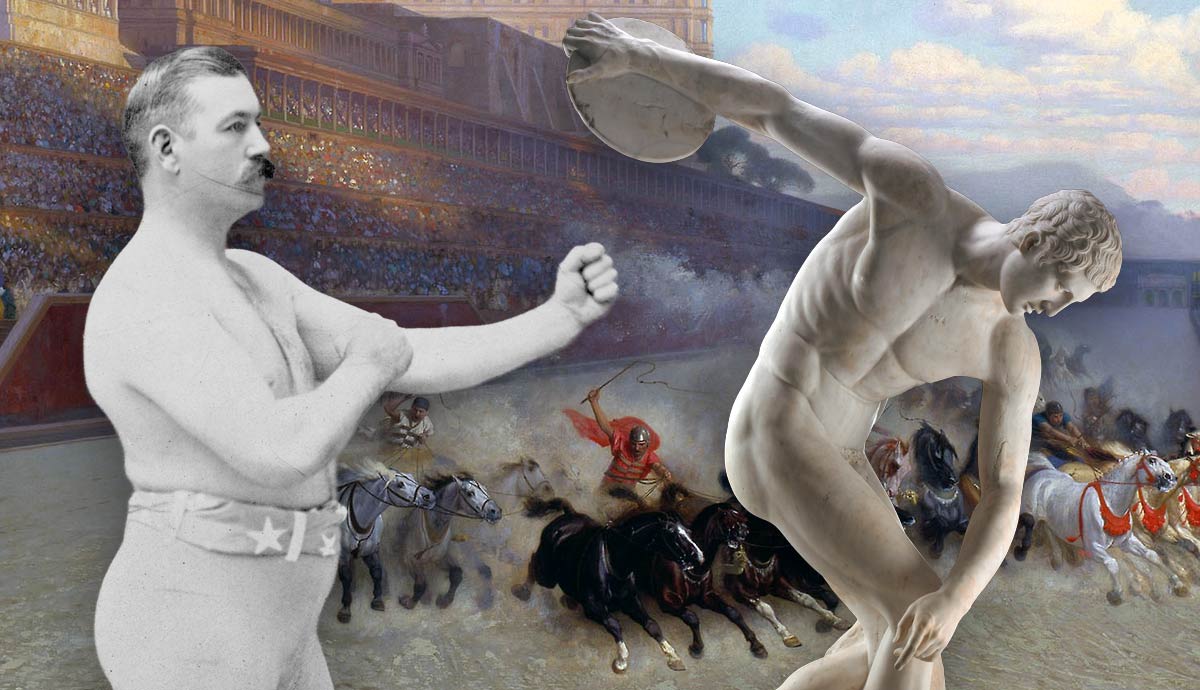
Humans have always loved sports—tests of skill, strength, endurance, and mettle—even before history was recorded. Sports could have a number of purposes: preparing for war, religious or ceremonial significance, a form of self-discipline, or simply something to pass the time. While virtually all sports attract some onlookers, some were organized with the intention of entertaining spectators much more than for the benefit of the participants. From the ancient world to the modern day, spectator sports are still a mainstay of culture the world over.
The Greek Origins of Spectator Sports

One of the most popular spectator sports has its origins in ancient Greece. Though the Olympic games are by far the most famous, there were plenty of other games of athletic competitions that were held. These were, at their core, religious in nature. Games and sports were conducted to celebrate the gods, with the worship of Zeus as the centerpiece of the Olympic games. Apollo was renowned for defeating other gods in athletic competitions, and the founding of the Olympic games was attributed to Herakles. The games could be held at regular intervals, such as the Olympics, or as private events held by wealthy individuals to show off their status. Games and competitions would also be held as part of the funeral rites for prominent individuals, for example, games held for Patroclus in the Iliad.
The sports the ancient Greeks participated in are the basis for many sports today. They were almost never team sports, instead highlighting the athletic prowess of individual athletes. These included foot races, discus and javelin throwing, horse races, wrestling, boxing, and pankration, a combat sport similar to modern mixed martial arts. These events were held in a prepared location called a stadion, which was also a measure of distance, about 200 feet, and is the root of the modern word stadium. It was called this since this was the distance of the first and most prestigious event, the foot race, roughly equivalent to a 200-meter sprint.

These places were initially simple open areas, however, as the games became more and more popular, seating was added, usually made of stone. The seating areas could be large structures able to hold an estimated 45,000 spectators. These were almost all men since women, with a few exceptions, were forbidden from watching. Women participating in the games was unthinkable. Although they were intended to honor the gods, the games remained popular even after the introduction of Christianity. They continued to be held, drawing large crowds, until being banned by the Roman emperor Theodosius I in the late 4th century.
Roman Gladiators and Chariot Races

If the ancient Greeks started the trend of spectator sports, it was the Romans who took it to new levels. Early in its history, when Rome was an unremarkable village on the Tiber River, Etruscan funeral rites were celebrated with human sacrifice, often in the form of slaves forced to fight to the death. The Romans adopted the practice, and matches were held in honor of deceased relatives, sometimes years after their deaths, as a way for politically motivated Romans to gain popularity.
Frightened slaves hacking away at each other would be replaced by gladiators, slaves given specialized training in how to fight properly, and with more than a little flair for the dramatic. Over time, the games would evolve even further, with the gladiators rarely fighting to the death, specialized classes, and elaborate arenas designed to house ever more spectacular events. The Romans even created stadiums that could be flooded with water to create mini seas on which to host Naumachia, sea battle shows.
By far the most famous of these purpose-built arenas was the Flavian Amphitheater, better known by its modern name, the Colosseum. This gigantic structure in the heart of Rome still stands today and was capable of housing up to 80,000 spectators, rivaling many modern stadiums. The amount of resources needed to build this and other amphitheaters across the Roman Empire shows just how popular gladiatorial matches were. There was also a cynical reason that Roman emperors put on such extravagant events. Dubbed “bread and circuses” by the Roman writer Juvenal, these games, along with free grain doles, kept the otherwise downtrodden plebeians from revolting. Superficial entertainment was a distraction from their plight.

The name circuses is at the heart of the other major Roman spectator sport, chariot racing. These events were held on large elliptical tracks called circuses and were just as popular as the gladiatorial matches. During the height of the Roman Empire, chariots, drivers, and teams of horses were provided by four factions of contractors, identified by different colors: blue, red, white, and green. Like modern sports teams, fans of the races would align themselves with different factions. Fights would break out as supporters of each team as passions flared. While it may seem a less gory alternative to the gladiatorial matches, the racing chariots were lightweight and designed for speed, not durability. It was not uncommon for a chariot to be smashed into splinters or fall apart, the driver thrown from the wreck and trampled by the onrushing horses.
After gladiator matches were banned, chariot racing was still popular, and races were still held well into the era of the Eastern Roman Empire. Passions still ran high among the spectators, which, on one occasion, almost boiled over into overthrowing the emperor. During one race, a riot broke out between the Blues and the Greens. It soon spiraled out of control, and Emperor Justinian was forced to flee to the imperial palace, barricading himself inside until a military force could arrive to crush the revolt. By the end of the Nika riots, an estimated 30,000 were killed, either being trampled by the crowds, killed in the insurrection, or by soldiers suppressing the violence.
Medieval Jousting

After the Roman Empire fell, Europe descended into chaos. Order would eventually be restored with the emergence of the feudal system. Its centerpiece was a new social class, the knight. These men were, first and foremost, a warrior elite that specialized in mounted combat. To keep their skills sharp, knights organized mock fights, which evolved into the sporting event of jousting. They involved the melee, which was a free-for-all or a team sport either mounted or on foot, and the joust, which involved one-on-one combat in which participants attempted to knock their opponent off of their horse with a lance.
The jousters were almost always knights or nobility, and even monarchs, with the lower classes excluded from joining in. While it was first meant as a way to keep martial skills sharp, it was also a way for the elites to show off their skills and courage, and make a name for themselves. As time went on, the combat aspects were less emphasized, and pageantry and showmanship became more important. Armor was highly decorated and festooned with crests and other additions that were meant to be as eye-catching as possible.
Since the main purpose of the jousts was to show off ability, as well as status and wealth, tournaments would be held in front of an audience seated on wooden bleachers. Those in attendance at the event were almost always important lords and ladies of high social rank, with commoners excluded. However, the lower classes would be able to watch from a distance from nearby hilltops. Tournament day had a generally celebratory atmosphere, with other events such as feasting, music, dancing, and drinking held for the merriment of all.

Towards the end of the Middle Ages, ideas of chivalry became more romanticized, and gallantry and honor were considered as important as actual ability, which gave rise to a form of audience participation. Noble women in the audience could be asked to judge the gallantry of the jousters and could award extra points to the most chivalrous and virtuous knights on the tilts.
With changes in both warfare and social structure, jousting fell out of favor in the 16th century, though in some areas it continued on until the 17th century. Medieval enthusiasts in the late 20th century have revitalized the practice, and modern-day knights once again try to unhorse one another in front of crowds of enthusiastic onlookers, now regardless of social class.
Modern Sports

Modern spectator sports have their origins in the 19th century when informal folk games of the past were codified into their recognizable modern forms. Many of these feature individuals competing against one another, the most popular of which were combat sports. Pugilism or boxing was popular, first under the bare-knuckle London prize fighting rules, then under the Marquise of Queensbury rules in the latter portion of the 19th century. These new rules required the use of gloves, and the sport is a direct ancestor of the modern sport of boxing. These and other combat sports, such as wrestling, were also popular, but grappling soon lost popularity to striking arts.
Combat sports would evolve further with the introduction of mixed martial arts in the last quarter of the 1900s, exploding in popularity in the early 21st century. Those who were obsessed with boxing were described as having “the fancy” for the sport. Over time, this would be shortened to the word “fan” to describe someone emotionally invested in a sport. The term soon spread to other activities.
Around the world today, by far the most popular sports played are team sports. During the Middle Ages, peasants would participate in various ball games, the rules of which varied from village to village. While the rules could fluctuate, at their core, they all followed the same basic principle: get a ball from one place to another, the other team doing the same thing, but in the opposite direction.

The rules would be codified into the sports of Rugby, American Football, and Association Football, or Soccer as it is known in the United States. These games have become wildly popular, with hundreds of millions, if not billions, of fans of each sport around the world. The American pastime of baseball is an offshoot of rounders, a game played by British school girls. Basketball was invented in 1891 by James Naismith, a professor of physical education who needed an indoor sport to keep his students active during long New England Winters.
Sports were always popular to watch but became a juggernaut of mass entertainment starting in the 1920s. The post-WWI world was in need of escapism after the horrors of industrial-scale killing, and the economic boom gave the populace more free time and disposable income. These factors, combined with the rise of mass media such as radios and advertisers looking to reach ever larger markets, were the perfect combination for sports to go from a niche hobby to mainstream appeal.
Athletes were and still are treated as celebrities, on par with or even surpassing film stars, military heroes, and political figures in the public’s imagination. Hundreds of billions of dollars are spent every year on spectator sports, a trend that is not likely to change.
